

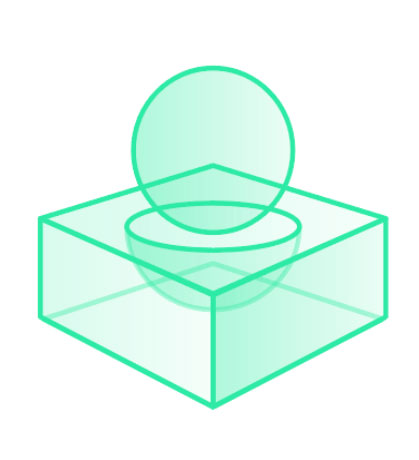
Peer's unique advantage combines the digital and physical in order to make hard to see, abstract concepts tangible and visible.
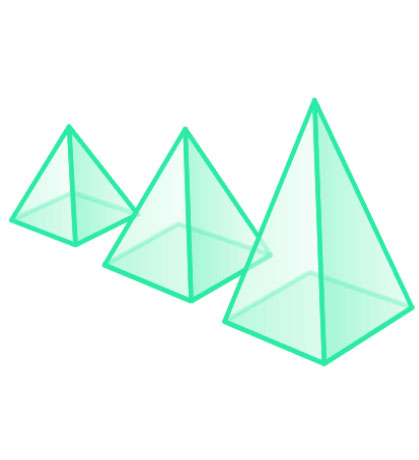
To reduce the feedback loop, Peer allows students to quickly iterate their designs so that they can innovate at a rapid pace.
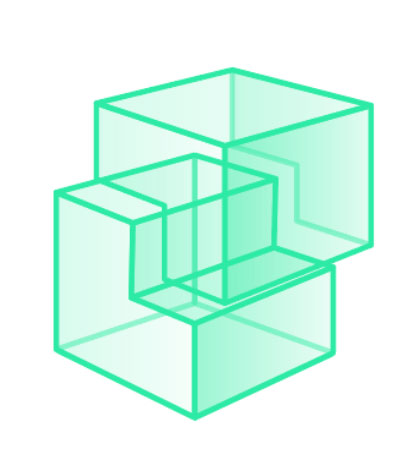
By providing a safe and open environment, students are able to work together and build from one another's ideas through collaboration.
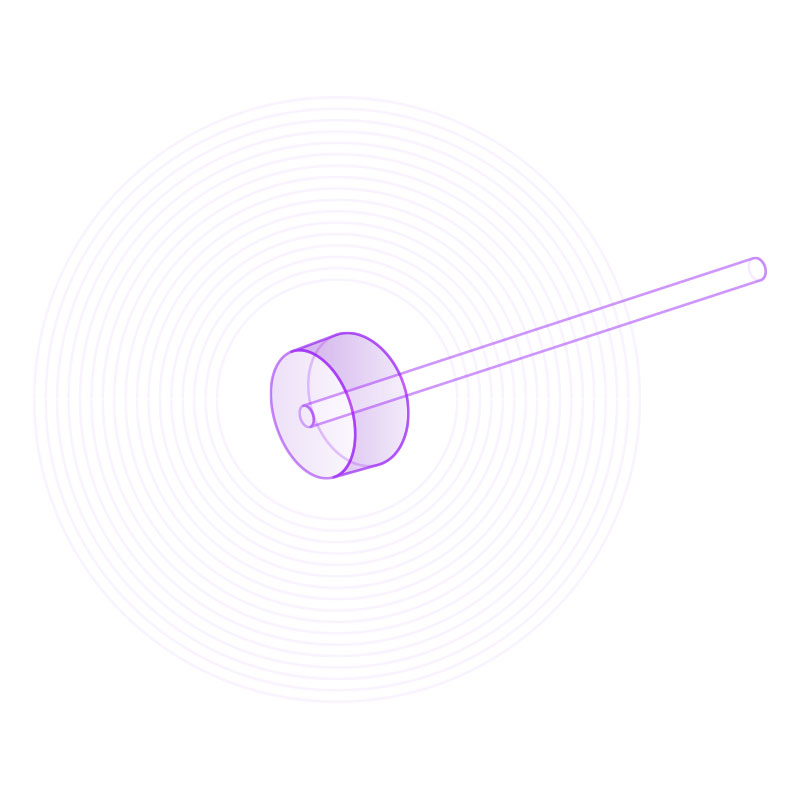
Depending on the subject and lesson, an Internet-enabled sensor will collect different data types. After collecting data like rotational speed, acceleration, or sound, the sensor sends real data to the cloud to be used in the Mixed Reality experience.
After collecting data from the sensor, the headset allows students to view their progress and results in a Mixed Reality simulation. Opening the possibility of mixing the digital and physical in a single experience
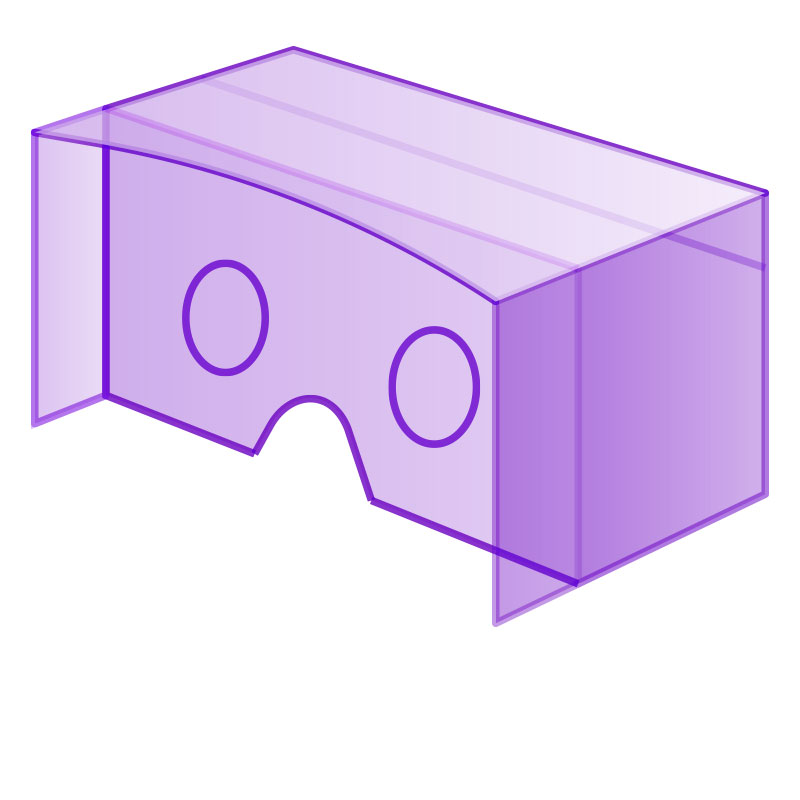
Peer's platform is flexible and adaptable to the classroom’s needs. The instructor has full control over the type of lesson that they want to teach using Peer. Below are some lesson plans currently in development
Rather than a pure Virtual Reality experience that replaces environmental context that leaves students stranded on their own islands, Peer brings students together and allows them to collaborate more fully.